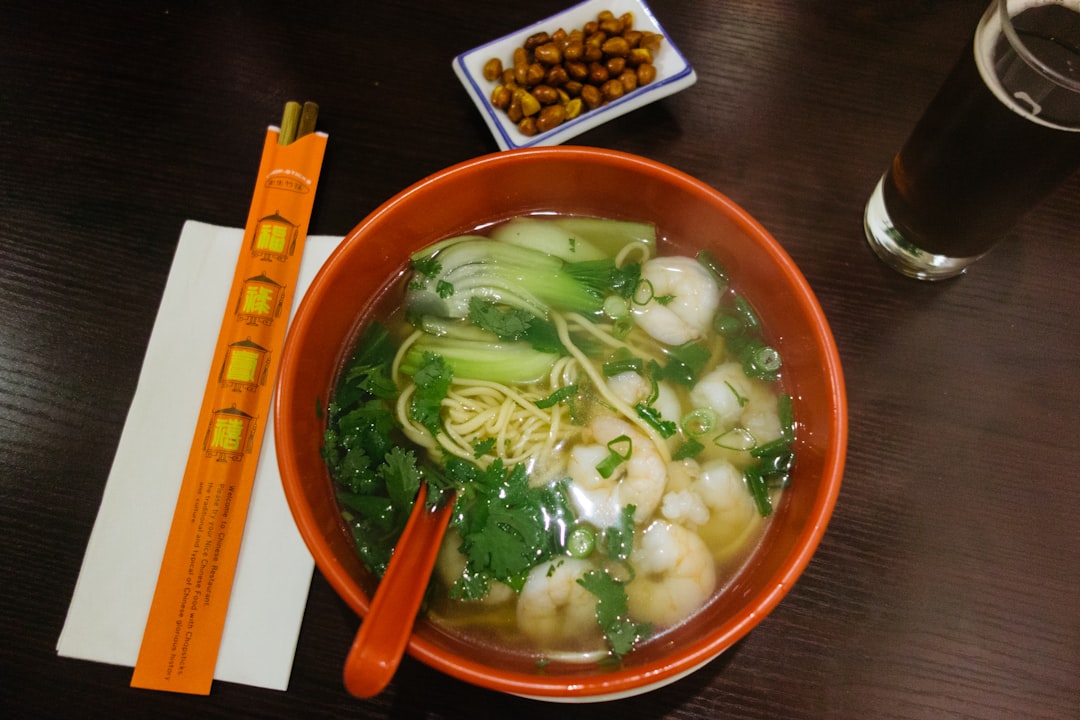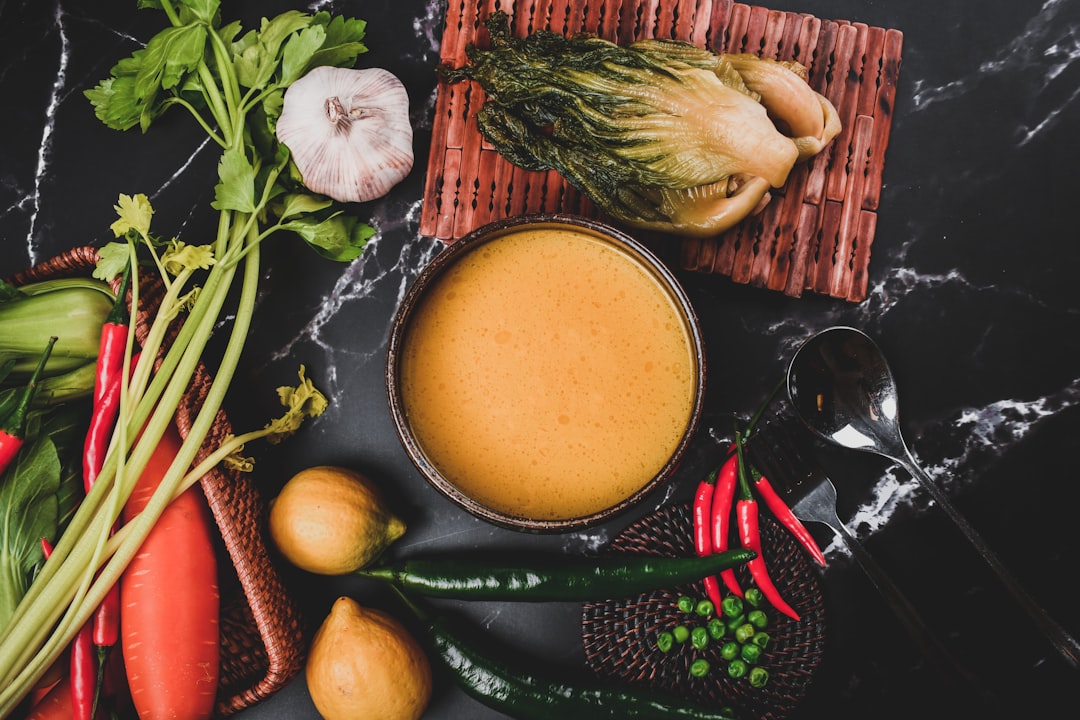When you think of soup recipes, you might instantly imagine warm bowls of chicken noodle or flavorful miso soup. But what if you threw a scientific twist into the mix? Believe it or not, “abiotic factor”—a term commonly used in ecology—can guide us toward creating balanced and nutritious soups. From mineral richness to temperature stability, these abiotic components connect the natural world with culinary tradition in fascinating ways.
TL;DR
In this creative dive into cooking, we explore how abiotic factors—like temperature, pH levels, and minerals—can inspire and influence delicious soup recipes. Incorporating these scientific elements doesn’t just boost nutrition, it adds layers of meaning and sophistication to your meals. Explore a range of soups from mineral-rich broths to fermentation-friendly miso. Science and soup make surprisingly good partners!
What Is an Abiotic Factor?
An abiotic factor refers to non-living components in the environment that affect living organisms. These include temperature, sunlight, water, pH levels, salinity, and minerals. In the context of cooking—and more specifically, soups—the concept becomes delightfully relevant. The temperature at which ingredients simmer, the mineral content of stock, and even the chemistry of fermentation all reflect core abiotic elements.
Let’s use abiotic thinking to compile a diverse, science-inspired soup menu. By the end of this guide, you’ll see just how interconnected our kitchens are with the chemistry of nature.
Soup Recipes Inspired by Abiotic Elements
We’ve curated a list of interesting and educational soup recipes where each one highlights a specific abiotic factor. These recipes aren’t just delicious—they come with a lesson in natural science!
1. Mineral-Rich Bone Broth
Abiotic Factor: Minerals
Bone broth is a goldmine of minerals like calcium, magnesium, and phosphate. The long simmering process extracts these minerals from bones, making them bioavailable and deliciously nutritious. This soup is perfect as a base or enjoyed solo with a sprinkle of sea salt and herbs.

- Prep Time: 15 minutes
- Cook Time: 12–24 hours
- Minerals Highlighted: Calcium, magnesium, phosphorus
2. Solar Vegetable Stew
Abiotic Factor: Sunlight (through solar cooking)
Here’s a fun way to use natural sunlight to power your cooking. A solar cooker captures UV rays to heat and cook food slowly. Packed with root vegetables and legumes, this stew is both eco-friendly and deeply flavorful.
- Prep Time: 20 minutes
- Cook Time: 4–6 hours using solar oven
- Serving Tip: Try fresh basil or cilantro to finish
3. Fermented Miso Soup
Abiotic Factor: pH levels (acidity and alkalinity)
Miso soup introduces a microbial side to abiotic factors. While microbes are living organisms, the soup’s environment—its pH and salinity—determines their activity. Miso paste is slightly acidic, creating ideal conditions for preservation and healthy gut bacteria development. Simple and restorative.

- Ingredients: Miso paste, tofu, green onions, wakame seaweed
- Cooking Tip: Never boil miso; gently dissolve it for best flavor and probiotic retention
4. Salinity-Driven Seafood Gumbo
Abiotic Factor: Salinity
Salt levels, or salinity, impact everything from ocean ecosystems to the taste of your gumbo. This hearty Southern classic incorporates seafood, spices, and a roux base. Seafood like shrimp and crab bring natural oceanic salt, and balancing it with fresh herbs and citrus reveals the dish’s layered complexity.
- Key Ingredients: Shrimp, crab, okra, tomatoes, creole seasoning
- Serving Suggestion: Serve over a bed of steamed white rice
5. Temperature-Sensitive Chilled Cucumber Soup
Abiotic Factor: Temperature
Abiotic elements play both hot and cold. This refreshing cucumber and yogurt-based soup is designed to be eaten chilled. It’s perfect for hot climates where maintaining internal body temperature is vital. Inspired by Eastern European and Middle Eastern traditions, this soup cools and hydrates the body effectively.
- Features: Cucumber, dill, Greek yogurt, lemon juice
- Chill Time: 2 hours minimum before serving
6. pH-Optimized Lentil Soup
Abiotic Factor: pH Neutrality
Balanced pH can enhance the digestibility of legumes in soups. Lentils tend to be acidic, but adding root vegetables like carrots and alkaline-rich greens like kale can stabilize the pH. The addition of a bit of baking soda can neutralize acidity, reducing cooking time while aiding digestion.
- Tip: Soak lentils for 4 hours to further reduce acidity
- Bonus: Add a touch of turmeric to boost anti-inflammatory properties
Abiotic Considerations in Cooking
Cooking is a dance of temperature control, mineral absorption, and chemical reactions. Abiotic factors play behind the scenes in every delicious bite you take. Understanding these can help you:
- Enhance flavor: Minerals and pH can affect taste dramatically
- Improve nutrition: Proper heat extracts more nutrients
- Preserve ingredients: Salinity and acidity act as natural preservatives
- Boost digestion: pH neutral balancing can make legumes and grains gentler on the stomach
Sustainable Souping: Eco-Friendly Eating
Many of these abiotic-friendly soups align well with sustainable food practices. Using sunlight to cook, reducing meat in favor of plant-based minerals, or fermenting food for preservation cuts down waste and energy usage. It’s an intersection of science, sustainability, and delicious living.

Tips for Your Own Abiotic Experiments
Impressed by how the non-living world enhances your culinary creativity? Try these simple ways to explore abiotic influence in your own kitchen:
- Log temperatures: Use a thermometer to identify the optimal simmer points in broth
- Try mineral boosts: Add seaweed or pink Himalayan salt for natural mineral infusion
- Control pH: Taste dish changes when you add lemon (acid) or baking soda (alkaline)
- Go solar: Invest in a solar oven for low-energy summer cooking
Conclusion
As it turns out, abiotic factors aren’t just for ecologists and environmental scientists—they belong right in your kitchen. From temperature to pH to minerals, these natural variables govern both ecosystems and the foods we prepare. By harnessing the power of these elements in soup-making, you’re not only cooking smarter but celebrating the endless wisdom of nature in every spoonful.
So next time you’re stirring a pot on the stove or letting a broth simmer for hours, remember: you’re not just making soup—you’re performing a delicious act of environmental chemistry.
